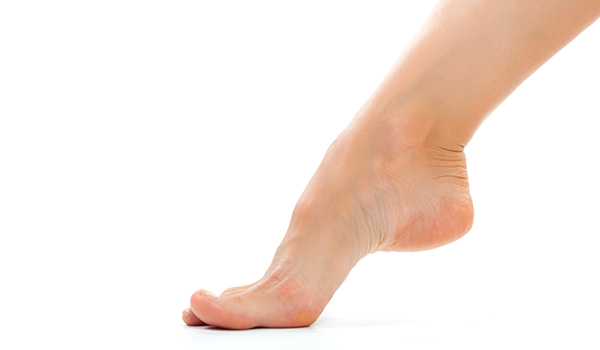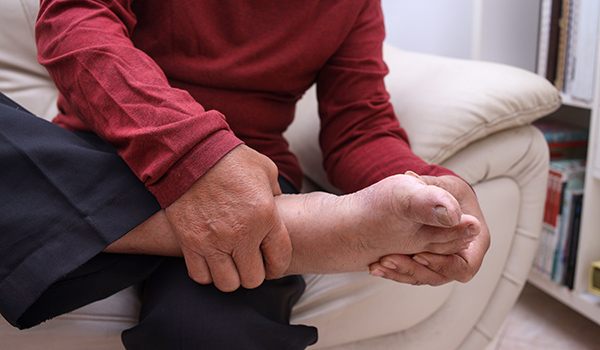Foot Drop
Foot drop is a condition where you can’t lift the front part of your foot off the ground. It’s not a disease itself, but rather a symptom of an underlying problem with the nerves, muscles, or bones.
UNDERSTANDING FOOT DROP
Overview
Usually, when you walk, your foot lifts up to clear the ground. But with foot drop, the front part of your foot droops down, making it easy to trip or stumble.
To manage foot drop, we first need to find out what’s causing it. If we can identify the cause, we can often manage the condition. However, in some cases, foot drop might be permanent if the underlying issue can’t be fixed. Foot drop can affect one or both feet.
People with foot drop have to actively think about lifting their foot while walking to avoid tripping and falling. They are also more likely to get foot injuries, especially if they have numbness. Traditionally, a rigid ankle-foot orthotic (AFO) was used to help with walking, but with new technology, there are now more flexible options available. At NoFrills Podiatry, we provide tailored orthotic devices to help improve mobility and assist with daily activities.
What causes foot drop?
Foot drop is usually diagnosed by a neurologist or orthopedic doctor. It happens when the muscles that lift the front part of the foot and toes become weak or paralyzed. Some common causes include:A podiatrist can help by:

Muscular Dystrophy:
Genetic diseases that cause muscles to weaken over time, like Charcot-Marie-Tooth disease, spina bifida, and cerebral palsy.
Peroneal Nerve Injuries:
Damage to the nerve in the leg that controls foot movement.
Brain and Spinal Cord Disorders:
Conditions such as ALS (amyotrophic lateral sclerosis), multiple sclerosis (MS), or a stroke.
Sciatic Nerve Issues:
Problems with the sciatic nerve at the hip.
What are the symptoms of foot drop?

Feeling like your foot is heavy
Dragging your toes on the ground
Numbness on the top of your foot, toes, or lower leg
Slapping your foot down on the ground with each step
Lifting your knee and thigh higher than usual while walking (often called a steppage gait) to avoid tripping, as if you’re climbing stairs
What can a podiatrist do for foot drop?
If you have foot drop, your podiatrist will check how weak or tight your leg muscles are and how well you’re compensating with your movements. They’ll work with you to help lift the front of your foot so you can walk without dragging it.
Depending on what’s causing your foot drop, the podiatrist might use:
Orthotic Devices:
Special supports for your foot.
Footwear Modifications:
Changes to your shoes to improve walking.
Braces and Splints:
Either rigid or flexible ones to help support your foot.
Physical Therapy:
Exercises and treatments to strengthen your muscles and improve movement.
If you or someone you know is dealing with foot drop, schedule an appointment with our podiatrists to see how we can assist.
Book your initial podiatry visit
hello@nofrillspodiatry.com
Phone
9007 1085
Open Hours
Mondays - Sundays: 9am-6pm
We're Here Whenever You Need Us
hello@nofrillspodiatry.com
Contact Us
9007 1085
Open Hours
Monday-Sundays: 10am to 7pm
Address
About
About Us
Symptoms We Help With
FAQs
Careers
Contact Us